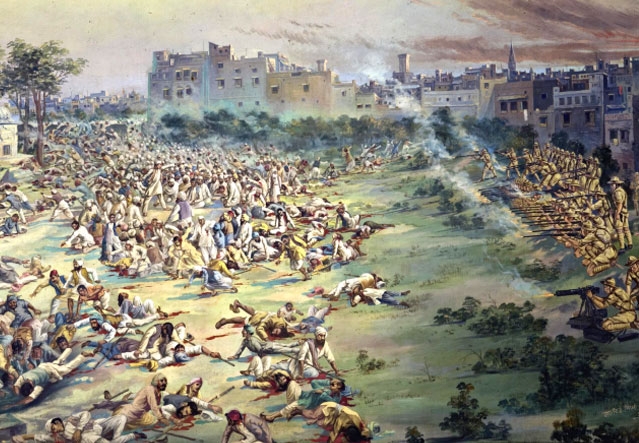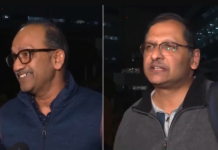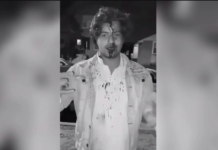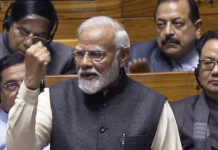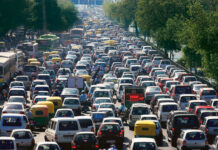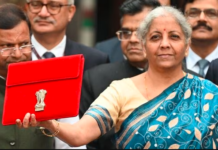Jallianwala Bagh Massacre is undoubtedly the most heinous political crime to have taken place in India till date. The incident derived its name from the public garden Jallianwala Bagh located in Punjab where the British troops mercilessly fired shots at unarmed Indians, killing thousands and injuring several others. The incident took place 99 years ago on April 13, 1919, but the wound is still fresh in the hearts of Indians.
Courtesy: YouTube
History
It was the time when the repercussions of World War I were taking a toll on the civilians. Issues like inflations, heavy taxes, and a huge number of dead and wounded soldiers led towards the Indians uniting against the Britishers. Following the civil unrest, the Rowlatt Committee was formed in 1999 and the act allowed trial of certain political cases without a jury and also allowed internment of suspects without any trial.
That’s when Indians demanded the release of popular leaders Satya Pal and Saifuddin Kitchew. Tired of the demonstrations and protests by Indiana all over the country, the British government banned public gathering at places.
The Darkest day in Indian History
On 13th April 1919, thousands of people in Punjab assembled at Jallianwala Bagh to celebrate the festival of Baisakhi. However, since the govt had imposed a curfew on that morning, the gathering of 4 or more people was strictly prohibited. As people gathered in the garden for the festival, somehow General Dyer got to know that a meeting is taking place at the Jallianwala Bagh that may lead to riots.
Sensing the possibility of unrest, General Dyer arrived there with the armed troops, some of whom were believed to be carrying machine guns and explosives. It was that day when Dyer ordered the troops for the ruthless firing at the uninformed crowd. Since the garden had high walls and most of the gates were locked, people couldn’t escape the shots.
No Escape
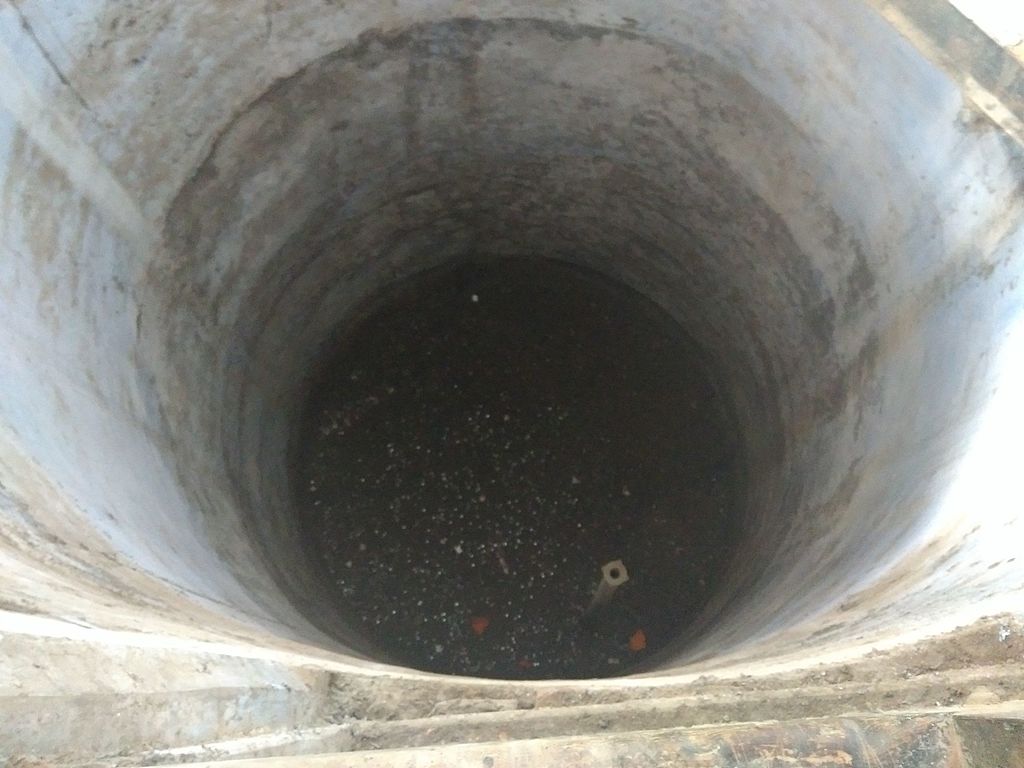 The Martyrs’ Well at Jallianwala Bagh
The Martyrs’ Well at Jallianwala Bagh
It’s said that the firing went on for 10 minutes until the ammunition supplies were totally exhausted. Many people who didn’t find any escape door jumped into the well and drowned. Reportedly around 1000 people died that day, including 120 that were recovered from the well. General Dyer didn’t just order for the firing to dismiss the meeting but he, in fact, killed everyone present there as they didn’t follow the government’s order.
Jallianwala Bagh
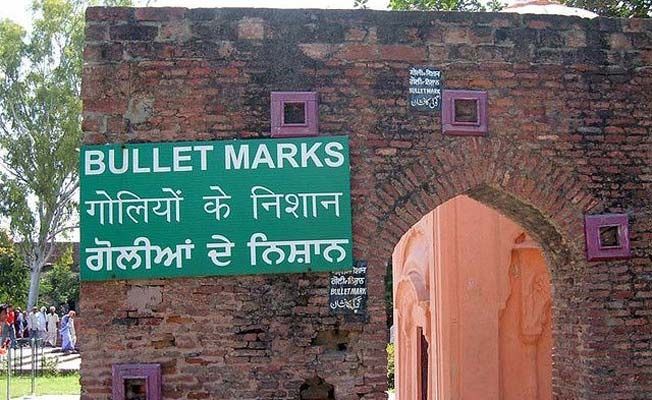
In the memory of people who lost their lives that day, a trust was founded in 1920 and a memorial site was built at the garden by American Architect Benjamin Polk. The site was inaugurated in the year 1961 by the then President Rajendra Prasad
The garden is still visited by thousands of tourists and there is no entry fee. The place has marks of bullets all over the walls and the spot from where shots were fired has also been marked.


